Recently, many people have heard that hyperbaric oxygen therapy (HBOT) can treat infertility and are expressing skepticism. Today, let’s explore and verify the potential therapeutic effects of HBOT.
Infertility is a complex and multi-factorial health issue, with many couples around the world facing this challenge. Although conventional fertility treatments such as in vitro fertilization (IVF) and intrauterine insemination (IUI) have shown significant success, they also come with certain challenges and limitations. As a result, many patients and healthcare professionals have started exploring HBOT, which has made notable advancements in improving both male and female infertility in recent years.
HBOT works by increasing oxygen supply, reducing oxidative stress, and improving blood circulation to promote the health of reproductive organs, improve the quality of sperm and eggs, and increase the chances of conception.

Key Mechanisms of HBOT for Treating Infertility
Hyperbaric oxygen therapy refers to the process of providing pure oxygen to a patient in an environment where the pressure is 1.5 times higher than normal atmospheric pressure. This allows oxygen to dissolve more effectively in plasma and be delivered to tissues with insufficient oxygen supply. In the treatment of infertility, HBOT promotes reproductive health and function by enhancing oxygen delivery, reducing oxidative stress, and improving tissue regeneration.
Enhanced Oxygen Delivery
One of the main benefits of HBOT is its ability to increase oxygen supply. Reproductive organs such as the ovaries, testes, and uterus require high oxygen levels to function properly. By improving blood oxygen saturation, HBOT helps promote the generation of healthy eggs and sperm, while also improving uterine health, providing an optimal environment for embryo implantation.
Reducing Oxidative Stress
Oxidative stress, caused by an imbalance between free radicals and antioxidants, is a major contributor to infertility. Reactive oxygen species (ROS) can damage reproductive cells, affecting fertilization and embryo implantation. HBOT has been shown to stimulate antioxidant enzyme activity, reduce the number of free radicals, and protect sperm and eggs from oxidative damage.
Improved Blood Circulation
HBOT enhances blood flow, aiding tissue repair, reducing inflammation, and supporting cell regeneration. For individuals with conditions such as endometriosis, varicose veins, or poor ovarian reserve, HBOT helps increase blood flow to reproductive organs, creating a more favorable environment for conception.
Can HBOT Treat Male Infertility?
Male infertility plays a significant role in approximately 40-50% of infertility cases. Male reproductive health can be affected by low sperm count (oligospermia), poor sperm motility (asthenozoospermia), abnormal sperm morphology (teratospermia), varicocele, and oxidative DNA damage. In some cases, male infertility may be caused by hormonal imbalances, genetic factors, or environmental influences such as smoking, alcohol use, or exposure to excessive heat.
Effectiveness of HBOT for Male Infertility
Numerous studies have investigated the effects of HBOT on male infertility, with the main benefits including:
Improvement in Sperm Quality
HBOT has been shown to improve sperm motility, morphology, and count. By increasing oxygen supply to the testes, HBOT promotes the production of healthy, active sperm. This is particularly important for men with poor sperm motility, as sperm need sufficient swimming ability to reach and fertilize the egg.
Reduction in Oxidative Damage
Sperm are particularly vulnerable to oxidative stress, which can lead to DNA fragmentation and fertilization issues. HBOT has been found to significantly reduce oxidative stress, increase antioxidant enzyme activity, and protect sperm from oxidative damage, thereby improving overall sperm health.
Restoration of Testicular Function
Conditions such as varicocele can damage testicular function and reduce sperm quality. HBOT improves blood flow, reduces inflammation, and promotes the recovery of testicular function, thereby increasing sperm production.
Clinical Evidence for HBOT in Male Infertility
The paper “Assisted reproductive treatments with hyperbaric oxygen therapy in male infertility” examines the role of HBOT in male infertility in the context of assisted reproductive technology (ART).
Study Methodology
A retrospective analysis of male infertility patients treated with HBOT between 2015 and 2019, with inclusion criteria including at least one year of infertility, no urogenital abnormalities, a normal fertility assessment of the partner, no natural or ART conception, and a minimum age of 18.
Patients received HBOT (100% oxygen, 2.4ATA, 120 minutes) and antioxidant medication for 6 months, with ART treatment following sperm analysis or TESE results.
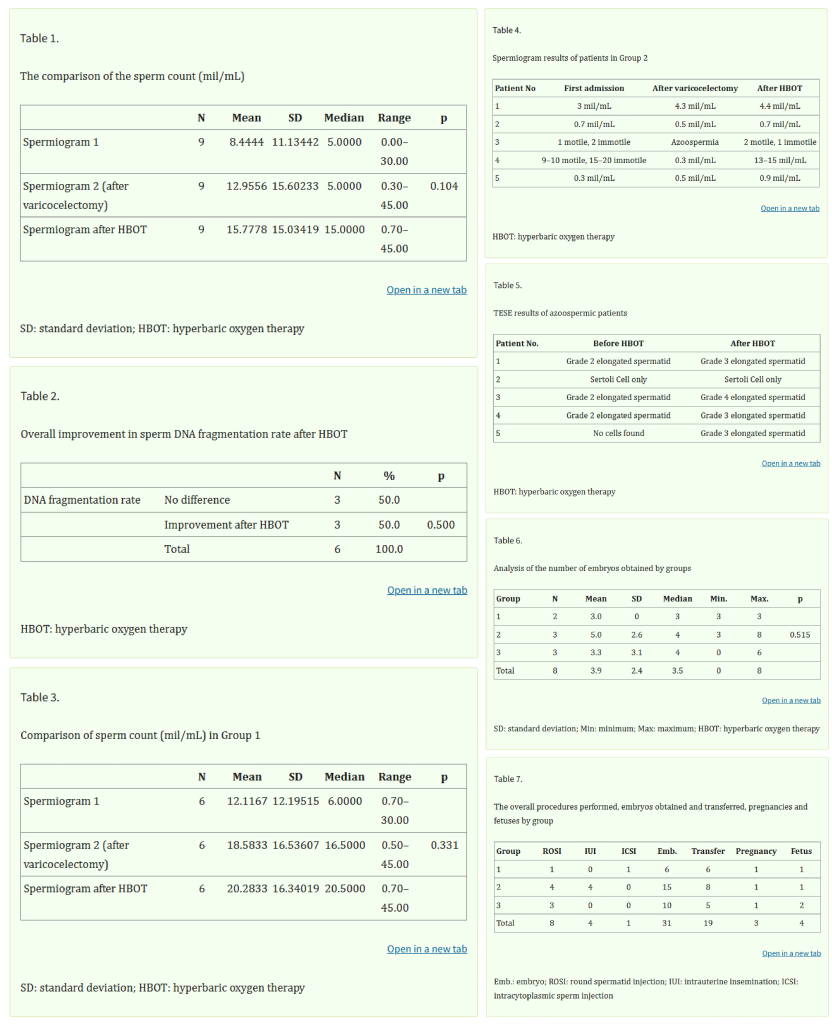
Study Results
Patient Demographics: 15 patients, average age 35.4 ± 6.9 years, 73% with a history of varicocele surgery, 27% were smokers, and the average marriage length was 5.7 ± 5.44 years.
Sperm Parameters:
- Sperm count showed a tendency to increase post-surgery and HBOT, but without significant difference. Patients with sperm DNA fragmentation showed improved TESE results in 80% of cases.
- Sperm DNA fragmentation rate showed improvement in 50% of patients post-HBOT, but no statistically significant difference.
ART Outcomes: After HBOT, 31 embryos were obtained, 19 were transplanted, and 3 pregnancies occurred (1 twin pregnancy). No significant differences in embryo count or pregnancy rate among different etiology groups, though the teratospermia group had the most embryos (15), followed by the azoospermia group (10) and DNA fragmentation group (6).
The study concluded that HBOT helps reduce DNA fragmentation in sperm and improve sperm maturity in azoospermia patients, with considerable embryo production in teratospermia and azoospermia groups.

Can HBOT Treat Female Infertility?
Female infertility can arise from various causes, including ovulation disorders, blocked fallopian tubes, endometriosis, polycystic ovary syndrome (PCOS), and age-related ovarian reserve decline. Women with poor egg quality, an unsuitable uterine environment, or impaired ovarian function often have difficulty conceiving. In these cases, HBOT offers a promising treatment option.
Effectiveness of HBOT for Female Infertility
For women, HBOT improves fertility by enhancing ovarian function, improving egg quality, and promoting a healthy uterine environment. Specific benefits include:
Improved Ovarian Function
HBOT has been shown to stimulate the ovaries and promote the generation and maturation of healthy eggs. For women with reduced ovarian reserve or poor egg quality, HBOT can improve egg quality by increasing oxygen supply to the ovaries.
Enhanced Uterine Health
For women with conditions like endometriosis, fibroids, or poor blood flow, HBOT can improve uterine blood circulation and promote endometrial health. This is particularly important for women undergoing IVF treatment, as the endometrium needs to reach a certain thickness and receptivity to successfully implant an embryo.
Reduction in Oxidative Stress
Like sperm, eggs and the uterus are also affected by oxidative stress. Free radical damage can impair egg quality and uterine function. HBOT effectively reduces oxidative stress, protecting egg quality and improving uterine receptivity, thus increasing the chances of conception.
Clinical Evidence for HBOT in Female Infertility
The study “Hyperbaric Oxygenation as a Possible Therapy of Choice for Infertility Treatment” assesses the effects of HBOT on the uterus, endometrial vasculature, and quality.
Study Methodology
32 women with unexplained infertility were excluded from male infertility cases and had no prior ART history. They voluntarily accepted treatment, with 10 patients receiving 1ATA therapy as a control group.
HBOT treatment (2.3ATA for 7 days starting on the 5th day of menstruation, daily for 70 minutes) was monitored via transvaginal color Doppler ultrasound.
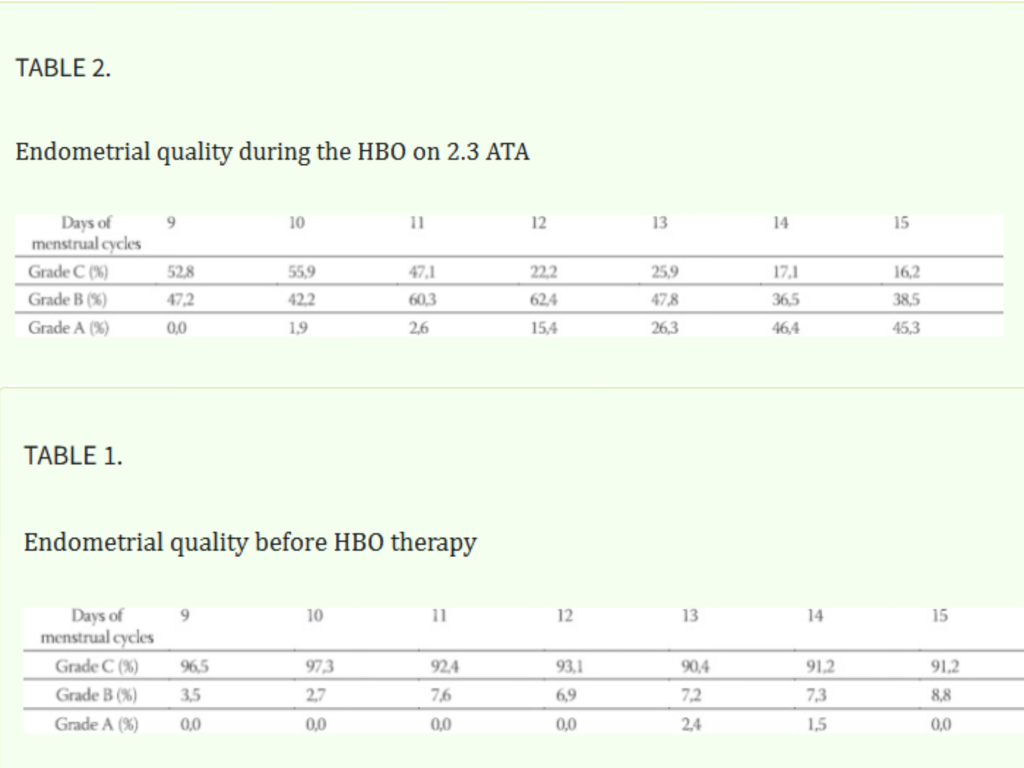
Study Results
Pre-treatment, most patients had poor endometrial ultrasound and thin endometrial lining. After 2.3ATA treatment, endometrial thickness and quality significantly improved, whereas no change was observed in the 1ATA group.
Pre-treatment uterine vascular resistance was high, but reduced after treatment. During HBOT, dense low-resistance capillary networks were observed in the endometrial layer, with previously poor angiogenesis.
The study concluded that endometrial receptivity is a key factor in conception, and HBOT optimizes endometrial quality, vascularization, and oxygenation, making it a viable treatment option for fertility.
Conclusion
In conclusion, HBOT can be a powerful complement to conventional infertility treatments, particularly for cases involving poor sperm quality, ovarian dysfunction, and uterine health issues. However, patients should consult with professional doctors to tailor the most suitable treatment plan based on their individual conditions and needs.
We are a leading manufacturer of hyperbaric oxygen chambers. Our most advanced chambers are meticulously designed and innovative, offering an ideal environment for Hyperbaric Oxygen Therapy (HBOT). If you are a healthcare provider or an individual seeking reliable HBOT solutions, welcome to consult MINNUO!


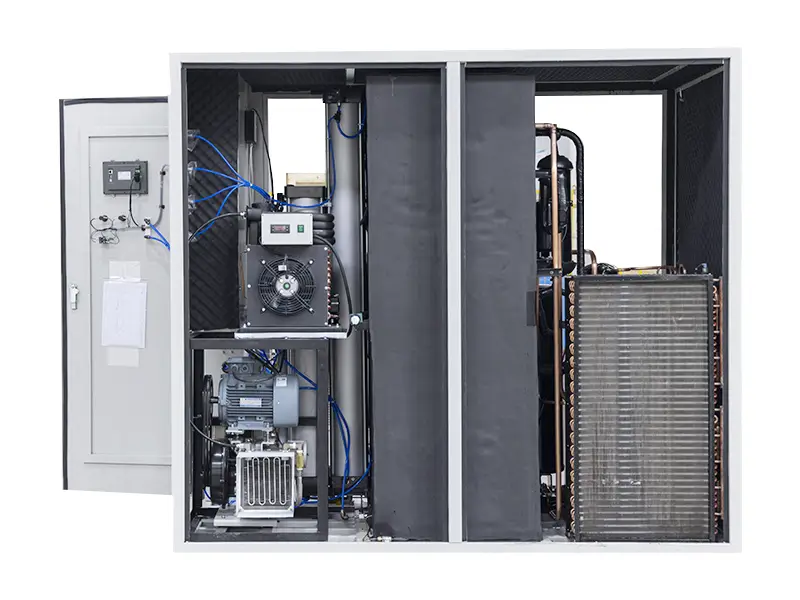
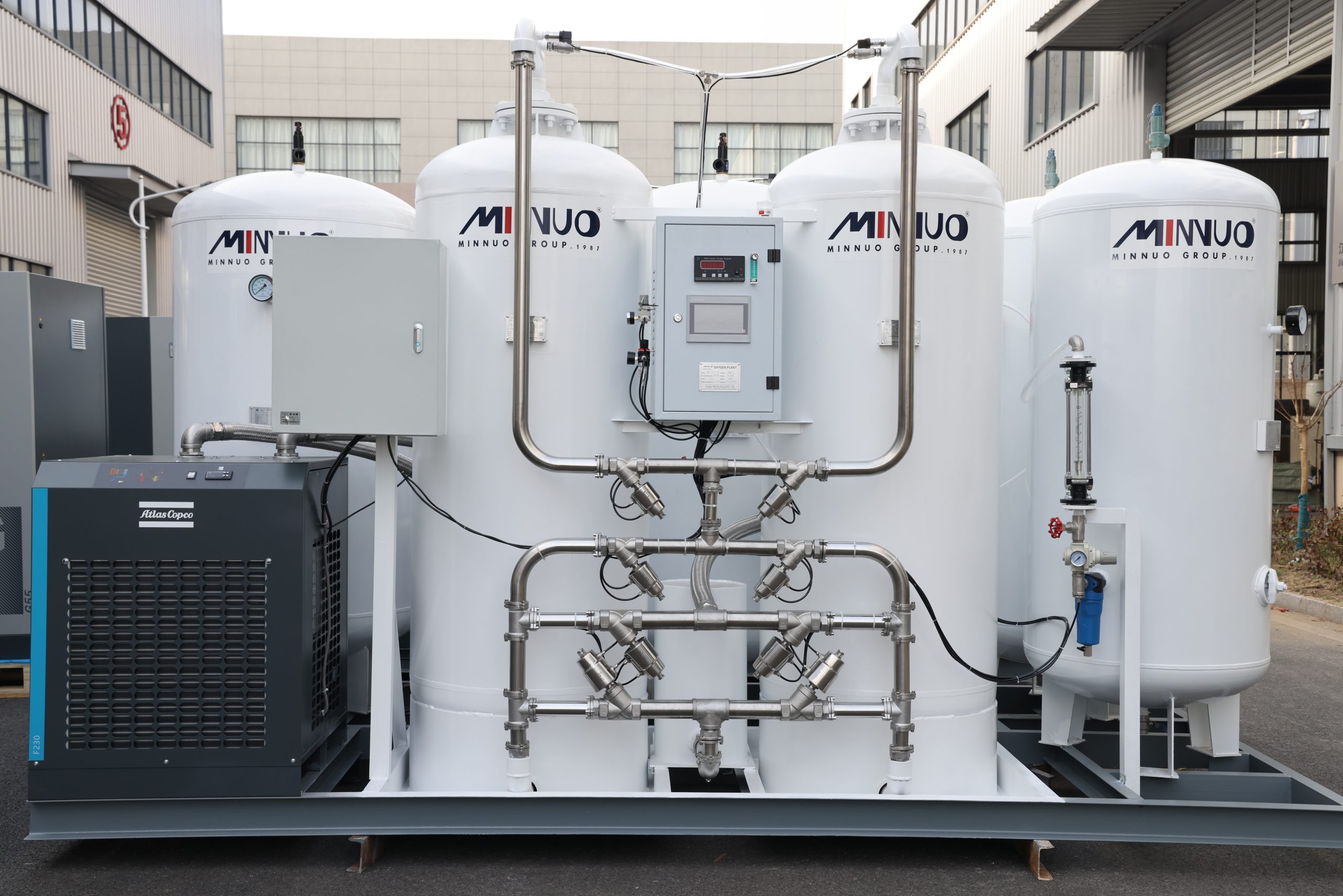
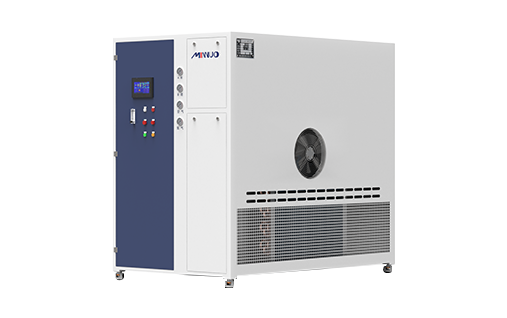

 sales2:+86 17506119168
sales2:+86 17506119168

